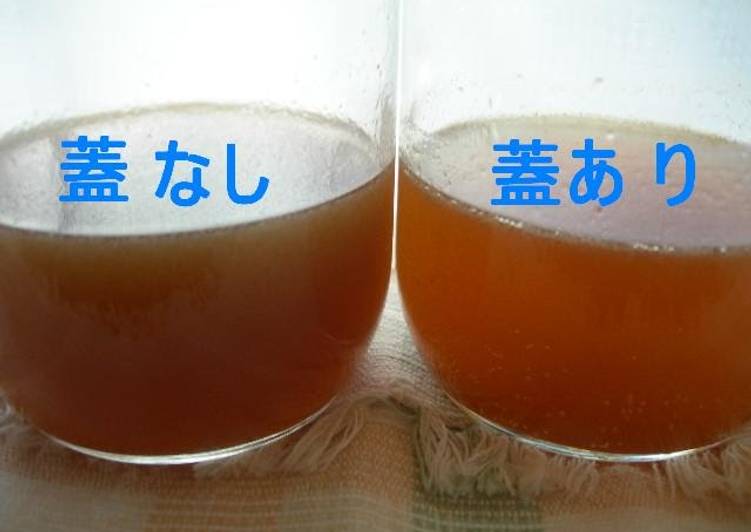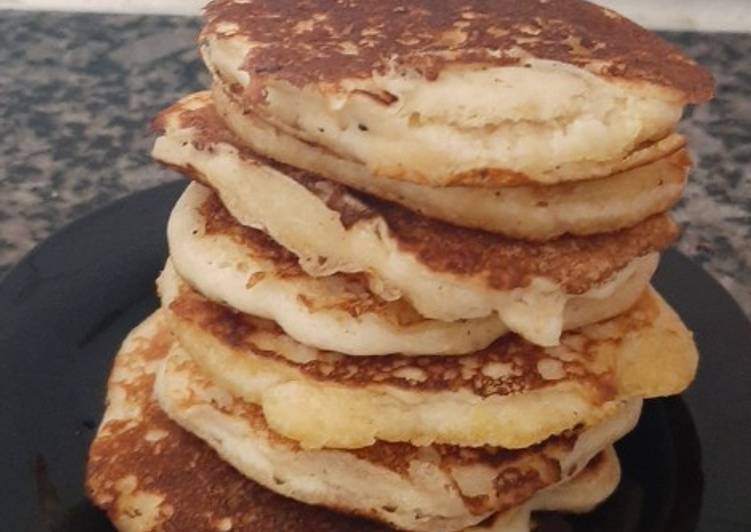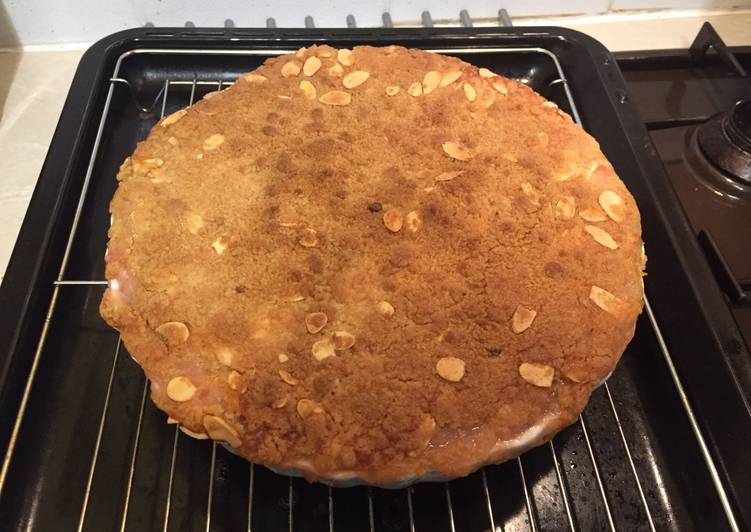Hello everybody, welcome to my recipe page, If you're looking for new recipes to try this weekend, look no further! We provide you only the perfect Stronger Bread Starter By Increasing the Yeast Content recipe here. We also have wide variety of recipes to try.

Before you jump to Stronger Bread Starter By Increasing the Yeast Content recipe, you may want to read this short interesting healthy tips about Your State Of Health Can Be Effected By The Foods You Choose To Eat.
Many individuals do not understand that the foods you select can either help you to be healthy or can adversely effect your health. One of the foods you should be avoiding is any kind of foods you get at a fast food location. You will find that the nutrition in these sorts of is non existent and the negative effects will be really bad. You will be happy to know that we are going to inform you of a few of the foods that you ought to be ingesting every day.
Now when it comes to the key food items that you have for dinner, you might want to be certain that you’re eating lots of fish, particularly salmon, and lean protein. The beauty of salmon is that along with other nutrients it’s also loaded with Omega-3. And whenever it comes to lean protein, you should remember that you only will need about 3 ounces to get your daily requirements. Furthermore before preparing your steak you really need to trim the fat that you can see from it to keep from taking in extra fat.
For those of you who want to begin living a more healthy life the tips above will be able to help you do that. Also if you eliminate all the processed foods that you really should not be eating anyway, you may find that you could end up living a longer life.
We hope you got insight from reading it, now let’s go back to stronger bread starter by increasing the yeast content recipe. You can cook stronger bread starter by increasing the yeast content using 10 ingredients and 26 steps. Here is how you achieve that.
The ingredients needed to prepare Stronger Bread Starter By Increasing the Yeast Content:
- You need 110 grams Raisins (not coated with oil or wax)
- You need 210 grams Water (domestic natural spring water) or boiled and cooled water
- Use 40 grams Sugar
- Use 1 A plastic or glass jar without a lid
- Prepare 1 piece Paper towels and a rubber band or aluminium foil
- Provide To extend a previously made starter
- Prepare 100 grams Raisins (not coated with oil or wax)
- Provide 200 grams Water
- Take 40 grams Sugar
- Use 10 grams Raisin starter
Steps to make Stronger Bread Starter By Increasing the Yeast Content:
- If the starter is exposed to air, it'll deplete the sugars and build up carbon dioxide. If it's not exposed to air, it'll start fermenting and produce alcohol.
- If you want to let the yeast grow, it needs air to grow, thus don't cover your starter with a lid! That's the logic behind the instructions.
- If you want to make a strong and active raisin starter, use a wide-mouth container so that comes into plenty of contact with air. Don't cover it with a lid, cover with paper towels or foil instead, and increase the number of times you mix it up. That alone makes all the difference.
- Don't wash the raisins. If you are using tap water, filter it or use boiled and cooled water. If you use straight tap water, the starter may become acidic, so use soft water like spring water.
- Don't wipe your starter container with a kitchen towel before use. If it has water droplets after washing it, it's fine. Sterilize the spoon mix the starter in boiling water.
- Wash all of your equipment well using detergent, but don't wipe with a kitchen towel as the towels may have bacteria on it.
- Here I made two batches of starter at once to demonstrate the theory, but just make the lidless version.
- How to make the starter: Put the sugar and water that has been warmed up to about 30°C in the container and dissolve the sugar. Add the raisins.
- Start the experiment! As you can see, the one on the left is covered with a lid. The one on the right has no lid. Both have the same amount of ingredients.
- If doing this at room temperature: Put the starter jars in a warm place, and mix them up twice a day. The ideal room temperature is 26 to 30°C.
- Day 2: The raisins are rising to the surface. You can see some fine bubbles in the lidded one. In the lidless one you can see big bubbles.
- Day 4: The lid-covered one has lots of bubles! The lidless one has about the same amount of bubbles. The liquid in the lidless one is a bit darker.
- Day 5: The raisins are floating above the surface of the lid-covered on, and the liquid is foaming. If you mix it up, the foam increases and the liquid gets more cloudy.
- The lidless one has a sweet-tart aroma and no detectable alcohol smell.
- If you mix it up and look at it from the side, it has some fine bubbles. Strain off the raisins from both versions, and store in the refrigerator.
- The left one is the lidless version, and the right one is the lidded version. The lidded version has a lighter, prettier color, and foams up like beer. The lidless version is cloudier and darker!! And when you mix it up, it stays quiet. It also tastes stronger, and has way more yeast!! Both are done.
- Store them both covered. While they are stored in the refrigerator, open them up at least twice a month to expose it to air. Use within a month.
- When there is only a little starter left, using the "extend" amounts to keep them going. You can keep them alive for years. Add 1 teaspoon of sugar once a month and store.
- How to make the starter extension: The temperature to aim for for the raisin starter is 25 to 30°C.
- Use your existing starter liquid as the mother. Put 30°C water in a clean container, add sugar and dissolve, then add the raisins and the mother starter. Cover with paper towels.
- Put the container in a warm location. Observe its progress, using the photos on this page as reference.
- You can use the raisins used to make starter mixed into dough to make bread.
- If you use raisins to make starter, you shouldn't get mold. Raisins contain a powerful anti-fungal agent called propionic acid.
- Raisin bread does not mold easily. If mold does occur, there are probably other reasons.
- If something called acetic acid bacteria develops, a white film will develop on the surface of the liquid, and it will smell bad.
- If that happens, just throw the starter out and try again If you introduce as much oxygen as possible, you can avoid this.
If you find this Stronger Bread Starter By Increasing the Yeast Content recipe useful please share it to your good friends or family, thank you and good luck.

